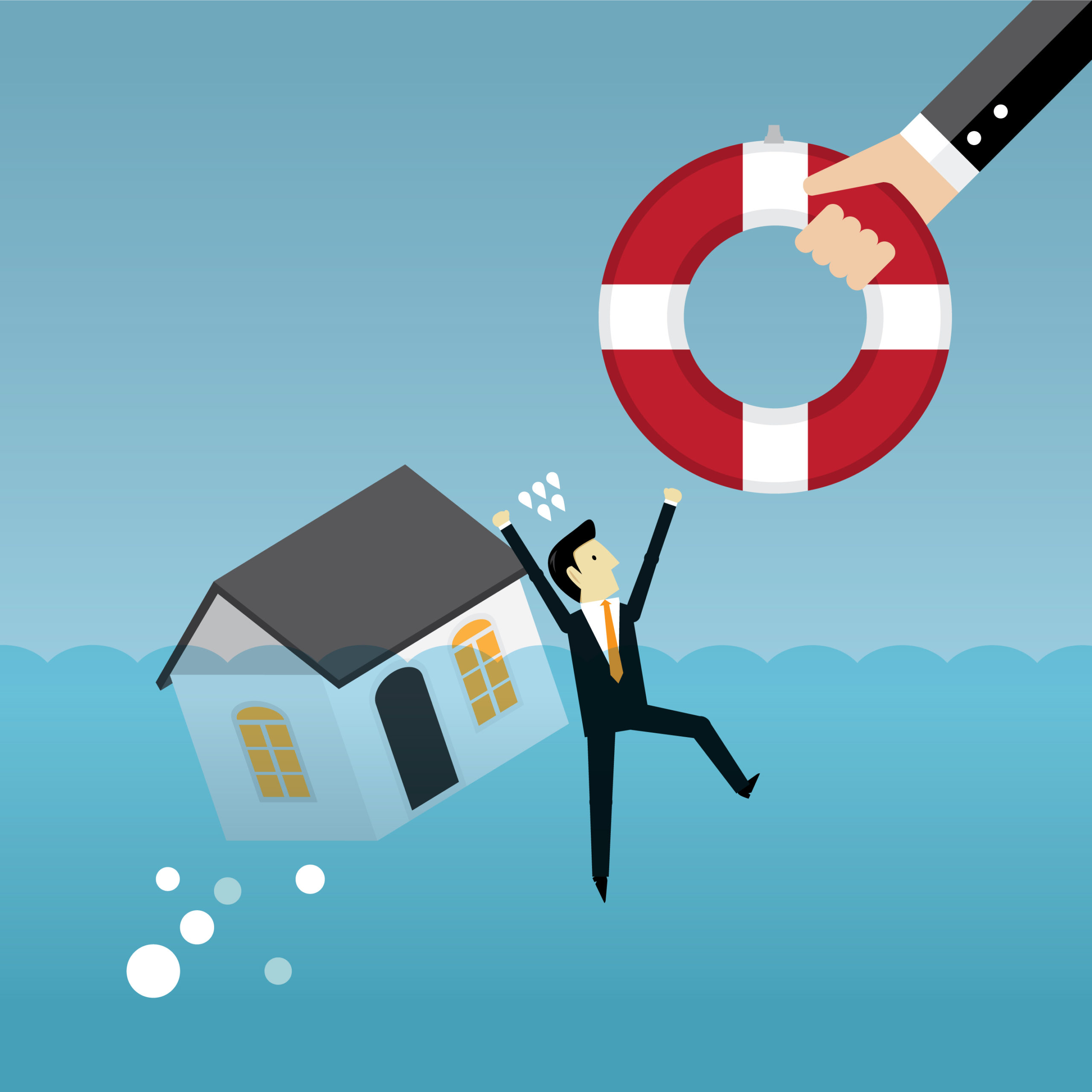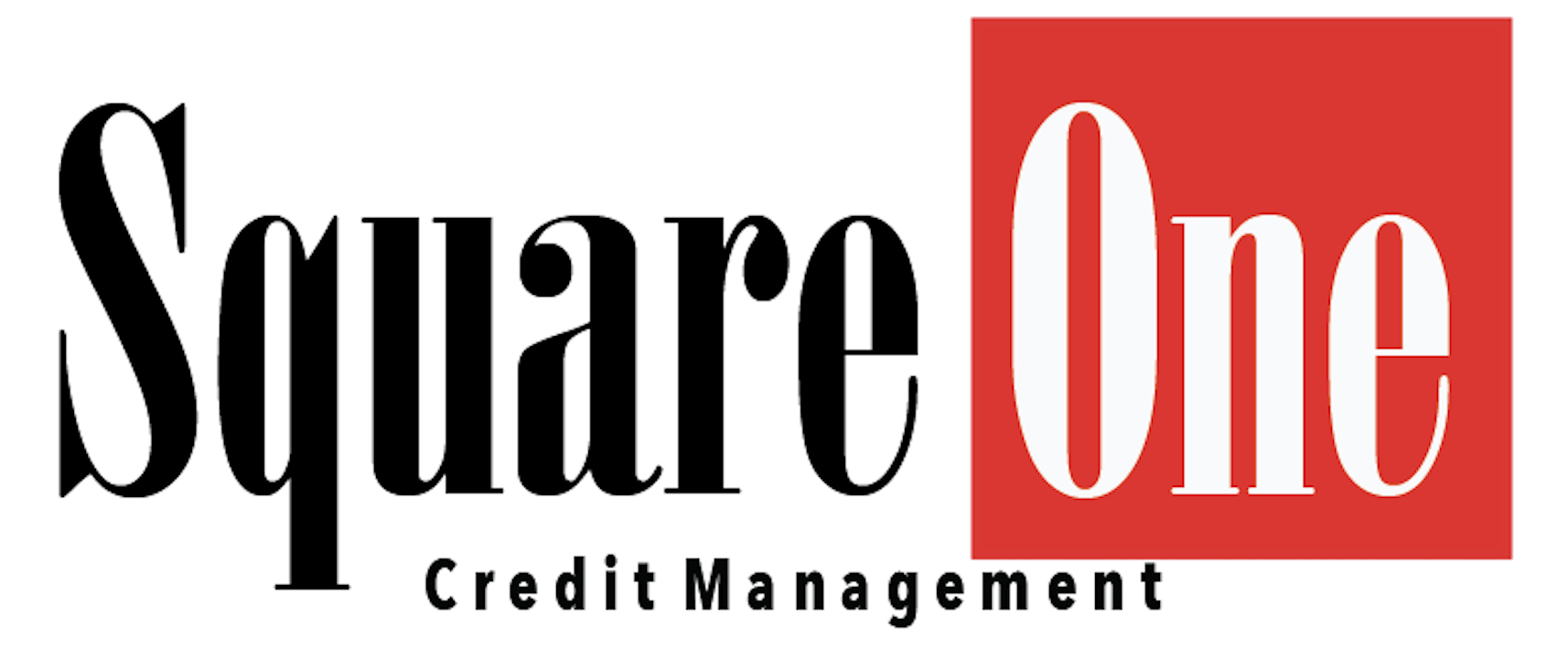
Subprime Mortgages and Subprime Loans
Many of life’s major purchases include the borrowing of capital, whether it be a mortgage for the purchase of a house, a loan for a new car, a child’s college tuition or other large expense. What’s important to remember about these loans is that access to them, and the terms on which they are granted, rely in large part on the credit score and the credit history of the borrower seeking the loan or mortgage.
Those with prime or superprime credits will often have no problem with approvals and receive favorable lending terms and perks, while those with subprime or deep subprime credit will find access harder to come by and encounter steep interest rates and fees. Let’s take a little closer look at what subprime mortgages and subprime loans entail, as well as alternative solutions.
What is a Subprime Mortgage?
A subprime mortgage is a home loan offered to borrowers with credit scores that fall below the credit score threshold between subprime and prime ratings. Generally speaking, scores below 659 are considered subprime, while those above are considered prime. This varies by lender and rating agency, but the delineation is always in that ballpark. Though “subprime” may sound like a good thing, as in you are being offered a rate below “prime,” that’s not actually the case. Subprime mortgages and loans have that name because they are offered to those with subprime credit—borrowers who are deemed higher risk because of a credit history and score that suggests they are more likely to default. Because of this risk designation, subprime borrowers taking out subprime mortgages will face steeper costs to access a mortgage or loan.
What Are the Risks of Subprime Mortgages?
As we noted, mortgage and loan lenders hedge their risk in issuing mortgages to subprime borrowers by attaching higher interest rates and fees to these loans. Generally, these are not negligible differences, and these increased rates can add up to serious costs over the term of a long. For instance:
- Average interest rates for 30 year fixed rate conventional mortgages averaged around 4% in 2019. Rates are even lower than that today. Conversely, rates for subprime mortgages in 2019 pushed as high as 10%. Over the course of three decades, this adds up to a significant extra cost to the borrower.
- Another crucial factor to consider is the down payment required on a mortgage. Conventional mortgages usually require a down payment between 10% and 20% of the home’s purchase price. Subprime mortgages have a much larger variance, sometimes requiring as much as 35% or more down, or as little as 3% down. And while such a small required down payment might seem like a blessing, don’t forget that the lender is not providing this access without covering their risk exposure. Such a mortgage will likely include adjusting interest rates, fees, and other terms that make paying back the loan expensive at the least, and nearly impossible in many cases without a complete refinancing.
- One of the issues with subprime mortgages is that the interest and fees often compile in such a way that a borrower can easily find themselves in a situation where they are struggling to pay the interest and fees on their mortgage, let alone chip away at the principal. These sort of loans and the defaults that followed played a large part in the triggering of the 2007-08 financial crisis. Safeguards have been put in place to help prevent irresponsible lending and borrowing, but make no mistake, these loans still pose a great risk to the borrower and are more expensive than conventional mortgages or loans.
Are There Alternatives to Subprime Mortgages and Loans?
For those with subprime or deep subprime credit scores, there are alternatives to seeking a subprime mortgage or loan. Firstly, you may qualify for a first time home buyer program if your state offers one. In addition, there are government backed loans that you might qualify, like Federal Housing Administration loans or USDA loans. However, these government backed loans have conditions of their own and tend to be more strict in their vetting of applicants. For instance, the FHA loans usually offer lower rates than conventional mortgages and low down payments. However, borrowers must usually meet a credit score of 580 or higher, and those who’ve experienced bankruptcy or foreclosure in the previous three years are disqualified from access to these loans.
The best way to ensure that you have access to mortgages, loans and credit with the most flexibility and the most favorable terms—ultimately, those that allow you access to capital at the lowest long-term cost—is to improve your credit score so that you have your pick of which mortgage or loan you’d like to apply for.
No matter what your current credit score, there are steps you can take now to improve it, and work toward a more secure financial future. What’s even better, you don’t have to go it alone. At Square One Credit we’ve made it our mission to help our clients achieve financial freedom through repaired and enhanced credit scores. To us, clients are family, and we have personal solutions and a dedicated team to help each and every one of our clients meet their goals. No matter what your credit situation looks like, we can help, starting with our Free Credit Evaluation.
